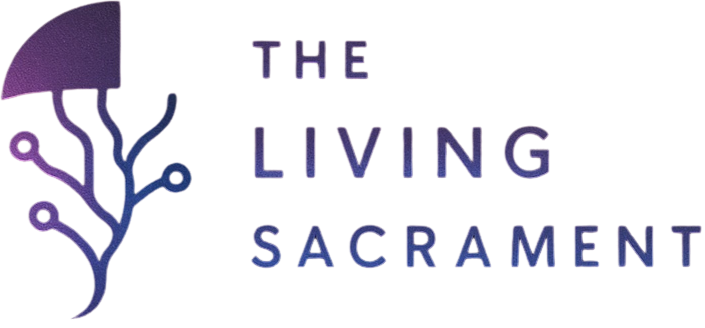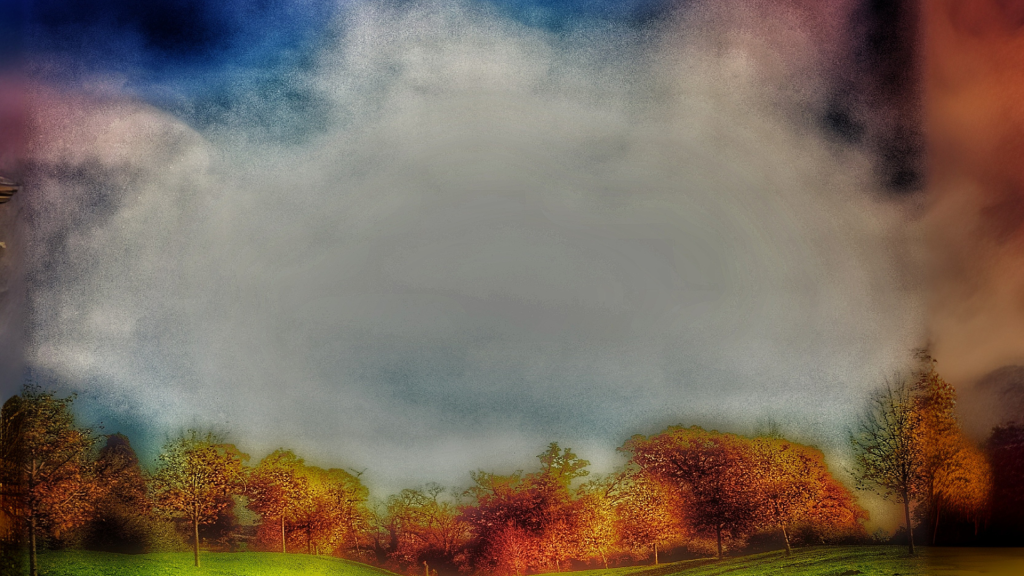Visual hallucinations are one of the most common effects linked to psychedelics like psilocybin mushrooms. They can range from mild distortions, like colors appearing brighter or patterns moving, to fully formed images that aren’t actually there. While often described as fascinating or even beautiful, visual hallucinations can also be overwhelming or frightening. Understanding what they are, how they work in the brain, and the potential dangers can help put them into perspective.
What Are Visual Hallucinations?
In simple terms, visual hallucinations are perceptions without external input. The brain creates images, patterns, or visions that seem real but don’t come from the outside world. Under psilocybin, people often report:
- Color enhancement: everyday colors appear more vivid and intense.
- Geometric patterns: walls, ceilings, or natural scenes may ripple, twist, or form repeating designs.
- Movement in still objects: surfaces may appear to breathe or shift.
- Complex visions: with higher doses, people may see fully formed images such as faces, landscapes, or symbolic scenes.
These experiences vary depending on the dose, the individual, and the environment.
How Do They Work in the Brain?
Scientists have studied psilocybin’s effect on the brain to better understand visual hallucinations:
- Serotonin receptors: Psilocybin is converted into psilocin, which activates serotonin 2A (5‑HT2A) receptors in the brain. This increases activity in the visual cortex and changes how sensory information is processed.
- Visual cortex activity: Research shows that psilocybin changes gene expression in the visual cortex in ways similar to when light enters the eye. This helps explain why people can experience vivid visuals even in darkness.
- Brain network changes: Imaging studies reveal that psilocybin increases connectivity between brain regions that don’t normally communicate, leading to novel visual imagery and dream‑like experiences.
In short, visual hallucinations arise because psilocybin alters both how sensory input is received and how brain regions talk to each other.
Why Do People Find Them Meaningful?
Many users describe visual hallucinations as more than just optical illusions. They often feel symbolic, emotionally charged, or spiritually significant. For some, visuals can spark creativity or bring insights during meditation or reflection. Studies suggest that the altered communication between brain regions may allow people to see the world in new ways, literally and figuratively.
The Risks of Visual Hallucinations
While many experiences are positive, there are risks to keep in mind:
- Overwhelm: Strong visuals can cause fear, confusion, or a sense of losing control.
- Accidents: Misinterpreting surroundings can lead to unsafe behavior.
- Bad trips: Visuals can turn frightening, leading to panic or paranoia.
- Underlying mental health issues: For some individuals, hallucinations may worsen existing psychiatric conditions.
Medical experts caution that while psilocybin is not considered addictive, hallucinations can still create psychological distress if not handled carefully.
Living With Visual Hallucinations
For most people, visual hallucinations under psilocybin are temporary and fade once the substance wears off. Scientists continue to study them not only to understand psychedelics but also to learn more about how perception works in everyday life. These studies may even help shed light on medical conditions that involve hallucinations, such as Parkinson’s disease or schizophrenia. By learning from psilocybin-induced visuals, researchers hope to better grasp how the brain builds the world we see.
Visual hallucinations are one of the hallmark effects of psilocybin mushrooms. They happen because psilocybin changes how the brain processes sensory input and boosts cross‑communication between brain regions. While often beautiful and meaningful, they can also be overwhelming or risky in unsafe settings. The key takeaway is that visuals are powerful, and like all psychedelic experiences, they should be approached with respect.
References
- Nature – Neural mechanisms of psychedelic visual imagery
- Journal of Neuroscience – Activation of Serotonin 2A Receptors Underlies the Psilocybin‑Induced Visual Hallucinations
- Molecular Brain – Psilocybin alters gene expression in the visual cortex
- Medical News Today – Psilocybin: Uses, effects, and risks

